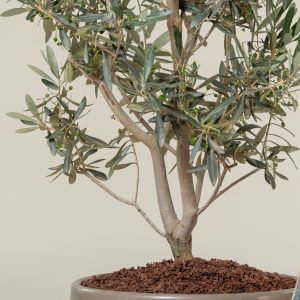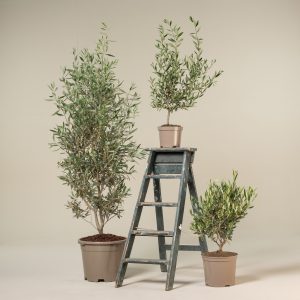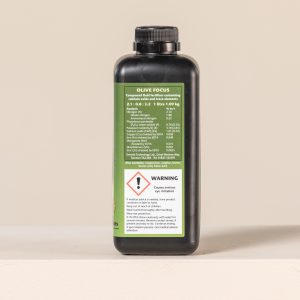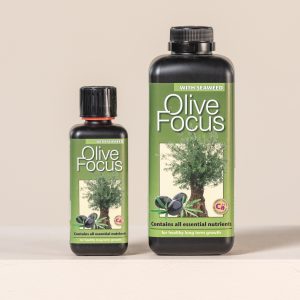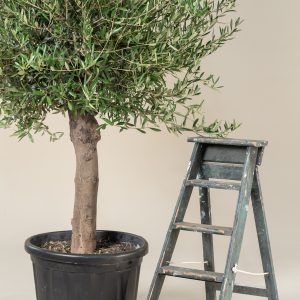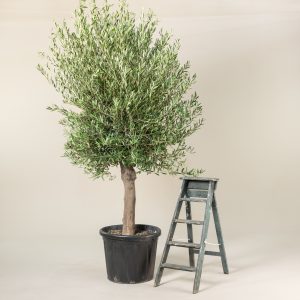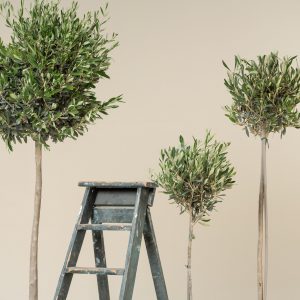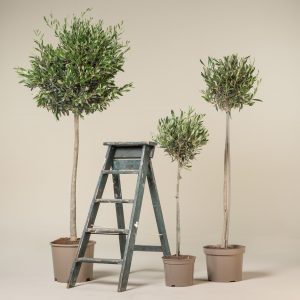Olive trees, though typically associated with Mediterranean climates, have become increasingly popular in the United Kingdom due to their ornamental appeal and ability to withstand milder British winters.
However, the UK’s unique climate can also attract unwanted pests, such as woolly aphids. These tiny insects can infest olive trees, causing damage to foliage and impeding their overall health.
In this article, we will explore the nature of woolly aphids on olive trees in the UK and provide effective treatment strategies to help gardeners combat this pest.
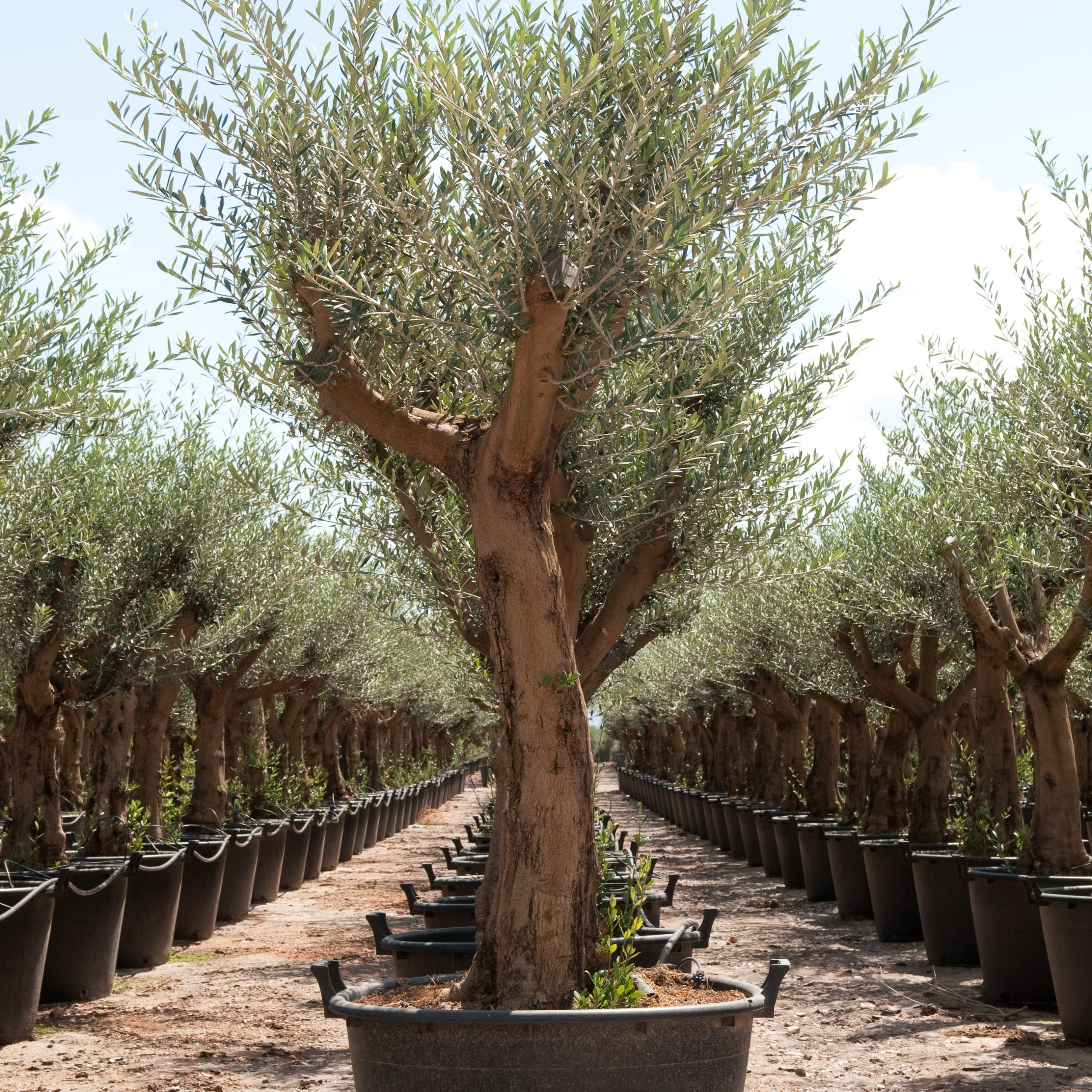
Understanding Woolly Aphids
Woolly aphids, scientifically known as Erisoma lanigerum, are small sap-sucking insects that form colonies on olive trees. These pests derive their name from the white, cotton-like wax coating they produce, which serves as a protective shield.
Woolly aphids are often found on tree trunks, branches, and leaf axils, where they extract plant sap, weaken the tree’s vigour, and excrete honeydew, promoting the growth of black sooty mould.
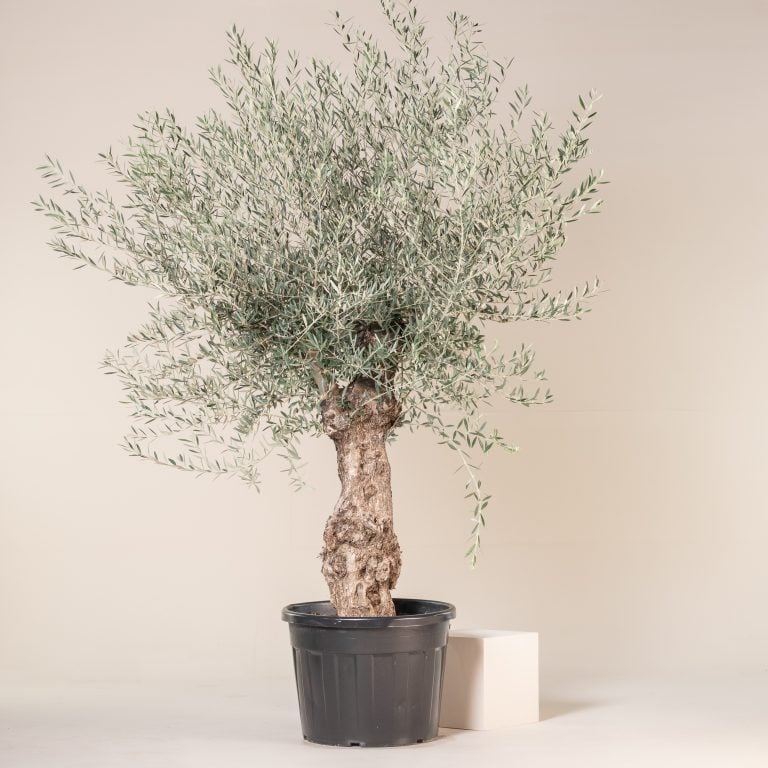
Identifying Woolly Aphid Infestations
Detecting a woolly aphid infestation on olive trees requires a keen eye. Look out for the following signs:
- White, cottony masses on the trunk, branches, or leaf axils
- Distorted or curled leaves
- Honeydew secretions, often leading to the growth of black sooty mould
- Weak or stunted growth
- Ant activity around the plants, attracted by the honeydew
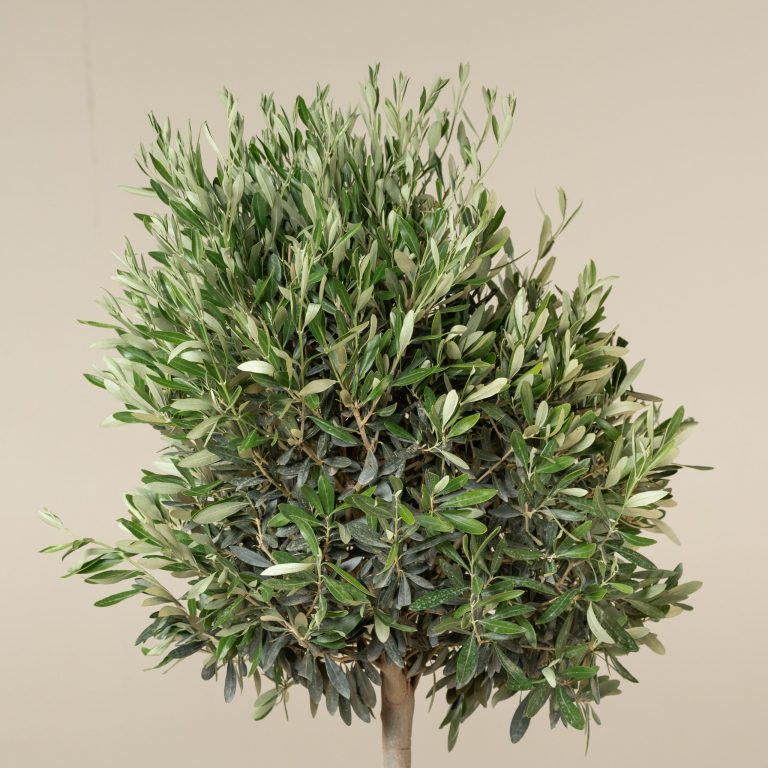
Treatment and Control Measures
Successfully managing woolly aphids on olive trees in the UK involves a combination of cultural practices and targeted treatments. Here are some effective strategies:
- Inspection and Pruning: Regularly inspect your olive tree for signs of infestation, especially during spring and early summer. Remove any heavily infested branches, twigs, or leaves by pruning them. Proper disposal of the pruned material is essential to prevent the spread of aphids.
- Physical Removal: Gently wash woolly aphids off the tree using a strong stream of water. A handheld sprayer or a hose attachment can be used to dislodge the insects from the affected areas. This method is most effective when aphid populations are relatively low.
- Biological Controls: Encourage natural predators that feed on aphids, such as ladybugs and lacewings, by planting a diverse range of flowering plants nearby. These beneficial insects will help keep the aphid population in check. Avoid using broad-spectrum insecticides that may harm these beneficial organisms
- Horticultural Oils: In early spring, before bud break, apply a horticultural oil spray, following the manufacturer’s instructions. The oil suffocates the aphids by coating their bodies and disrupts their ability to feed and reproduce
- Insecticidal Soap: For light infestations, insecticidal soap can be an effective treatment option. Ensure that the soap is specifically formulated for use on plants and follow the instructions carefully to avoid harming the olive tree. Thoroughly coat the affected areas.
